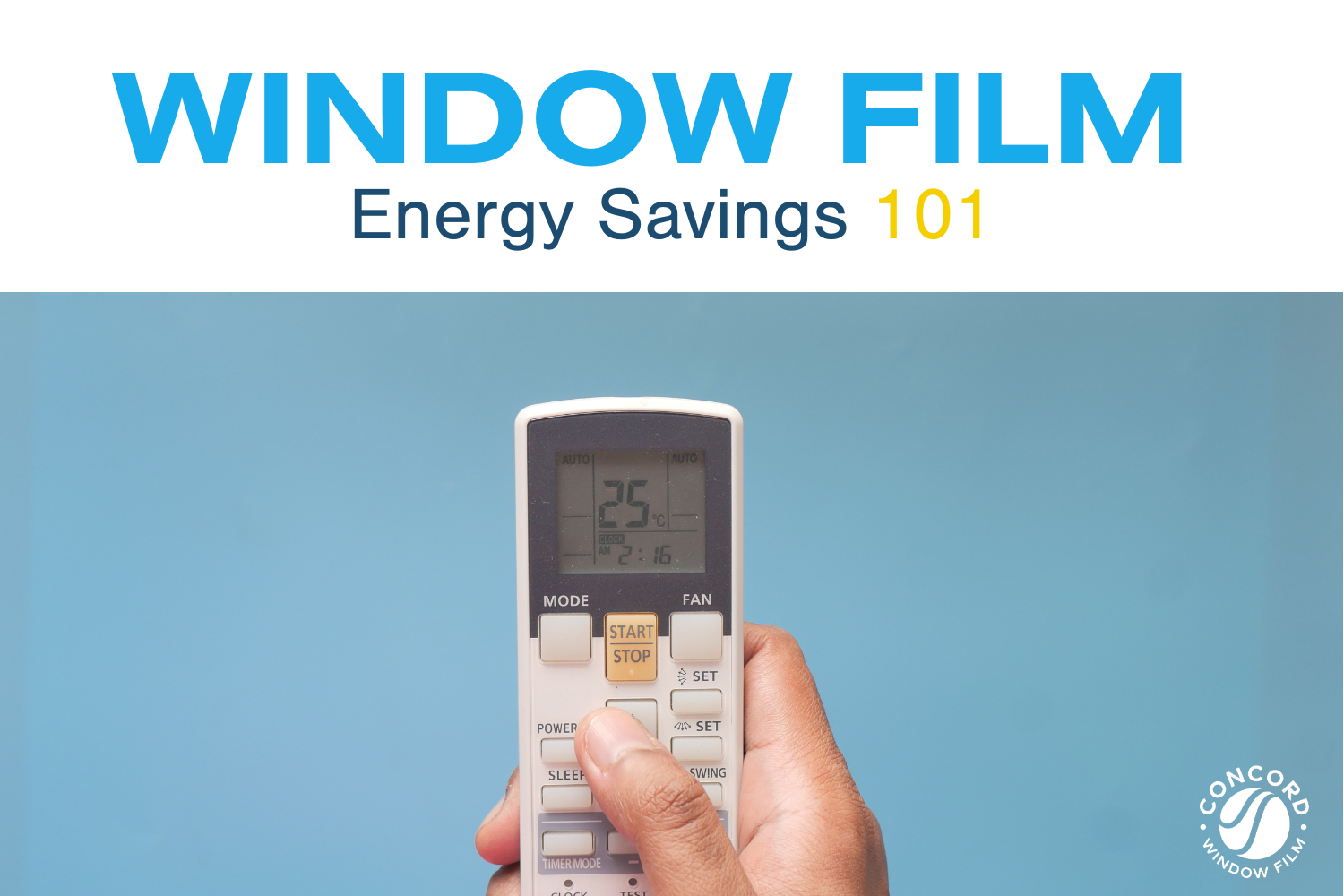
FREE SHIPPING ON PRECUT KIT ORDERS OF $100 OR MORE
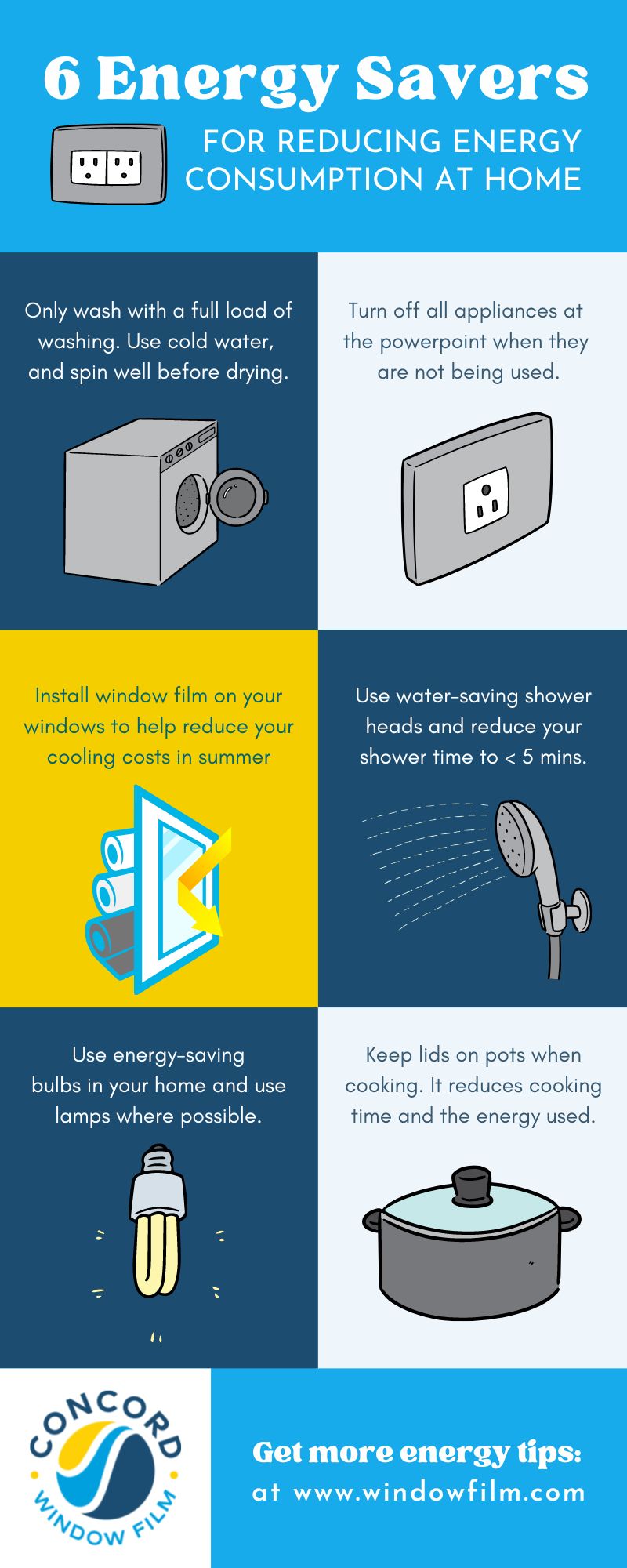
With the high price of energy these days and the number of gadgets and appliances we plug in – we could all use some tips to cut our energy use throughout our homes.
Did you know that the average monthly electricity bill of a household in the United States in 2021 (the latest year full stats are available) was $121.00/month according to the federal government’s Energy Information Administration? As if that wasn’t bad enough, the EIA says 2022’s prices were 7.5% higher than 2021 and they are predicting that 2023 will increase another 3.5%.
If your pay isn’t increasing that much year over year (and even if it is!), it’s time to look for ways to cut our electricity bills. It’s not just good for the planet, but good for the pocketbook too.
And we’ve got six easy ways to cut your energy use and get you on the path to savings:
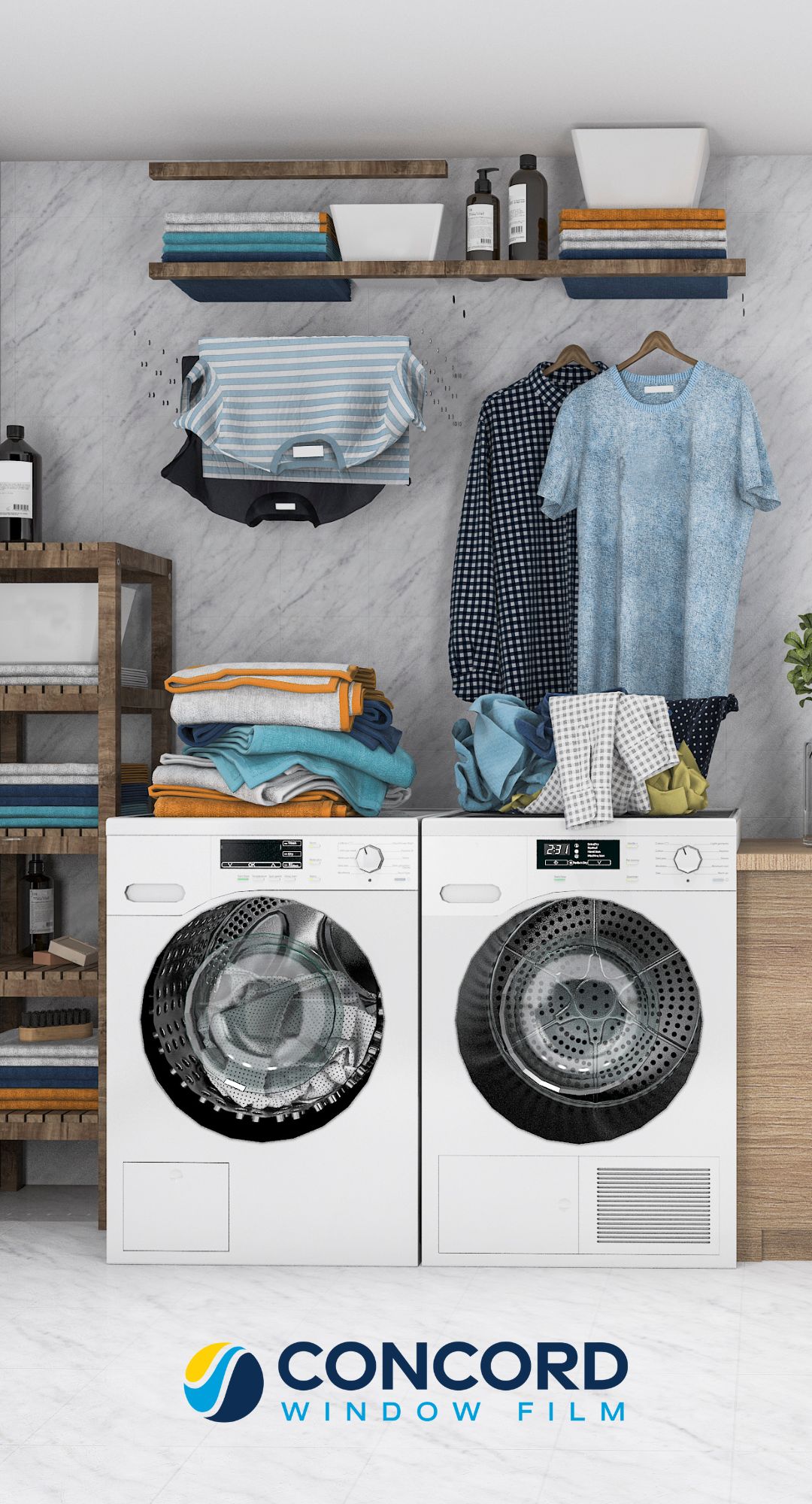
Washers and dryers use around 5% of your energy consumption – but it could be more depending on your family size and how often you are doing laundry. Here are some tips to reduce your electricity use while getting your clothes clean:
Heating the water for laundry is one of the biggest uses of energy – GE Appliances says it accounts for 75%-90% of the energy used to run a load.
Obviously the fewer cycles you run, the less energy you will use. By only running the washer with full loads, you will naturally save energy.
Always spin your clothes well before drying them – they will dry faster. Plus most washers have settings that allow you to adjust the spin cycle.
Or avoid using the dryer at all by hanging clothes to dry whenever possible. If the weather is nice, hanging outside in the sun and breeze is a great option. But even if the weather doesn’t cooperate, hanging clothes indoors on a drying rack is a good idea if you have the space. Plus most fabrics are less likely to shrink and will look newer longer if you hang them to dry.
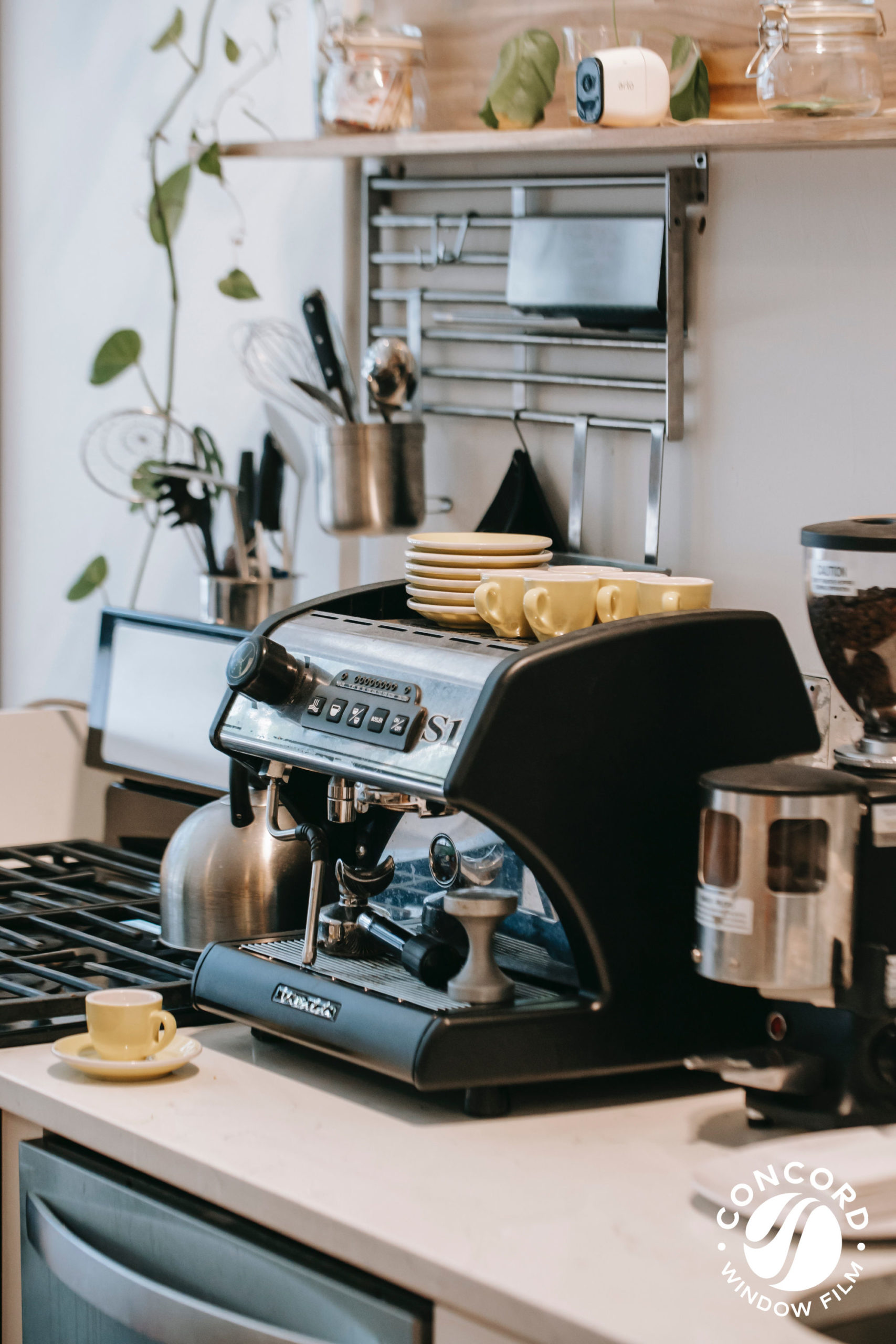
Turning off appliances at the power point is great way to reduce your electricity use. And according to the National Resources Defense Council, the average American household has 65 devices that are plugged into our home at any given time.
Did you know that many appliances that are left plugged in use power even when not in use? Its called phantom power and it can account for up to 10% of your electricity a year according to the Department of Energy via real estate site Trulia. Here’s a short list of gadgets to unplug:
Leaving your computer in sleep mode or standby, does not prevent it from using phantom energy. It’s a good idea to power down your computer at night and unplug it.
Small kitchen appliances like toasters, toaster ovens, blenders, mixers, coffee machines, etc (think anything that sits on the countertop) should be unplugged after use.
Like in the kitchen, there are also plenty of bathroom gadgets that use electricity. Things like hairdryers, curling irons, electric toothbrushes and shavers should all be unplugged after use.
With all the electronics in a modern household that need to be charged (think cell phones, tablets, handheld video games, and more), most of us find it convenient to leave the chargers for these devices plugged into the wall permanently. But, it’s a good idea to unplug those chargers when not in use and even to unplug once your devices are fully charged.
Consider setting up a charging station in your house that is attached to a surge protector strip. Then all you need to do is flip one switch to turn everything off.
The TV, cable box, streaming device (Apple TV, Fire TV, etc), stereo receiver, DVD player (if you still have one!) all use electricity when not in use. This is another system that can benefit from the use of a power strip – that not only protects your devices from power surges – but also makes it convenient to turn power off at one source.
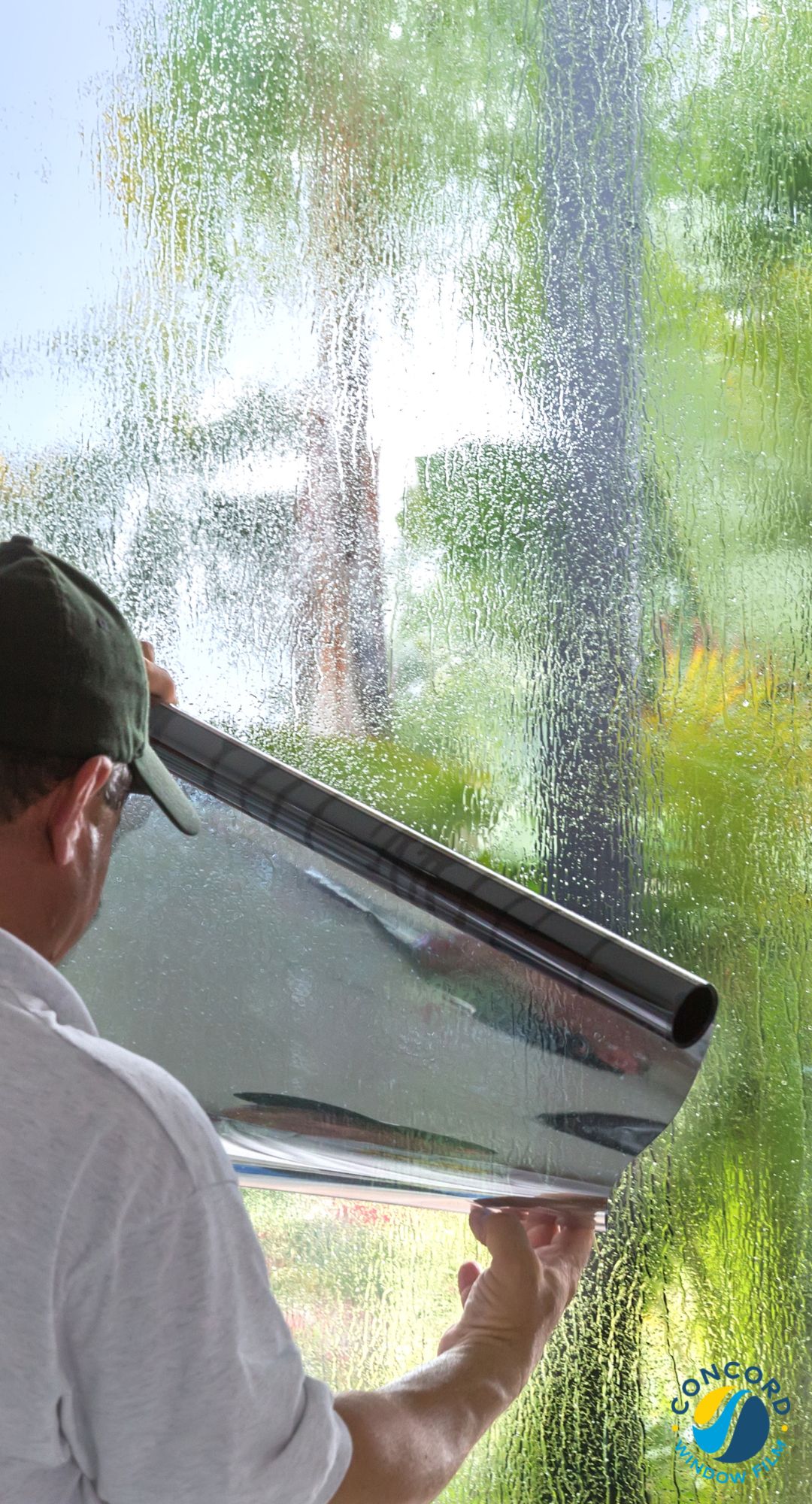
According to Direct Energy, 46% of your total energy use is consumed by your HVAC system in your home. And the EIA says the average US home spends 12% on air conditioning alone – ballooning to 27% in warm, humid areas like Florida and the Gulf States.
What’s more, the DOE says that up to 30% of HVAC energy is lost through windows in an average home. And with climate change and warmer summers ahead, experts are predicting even greater AC usage in the future. So, what can you do to save money on your HVAC bills? Upgrade your windows with window film.
The DOE classifies window film as an energy efficient window covering. Modern solar control window films use advanced technology to reflect and absorb much of the sun’s heat preventing it from entering your home.
Applied to the inside of windows, solar control window films, like ComforTech™ Ceramic Series from Concord Window Film can be an effective way to increase the comfort of your home and cut your electricity bill. With window film your AC won’t have to work as hard to cool your home.
Explore more about window film at www.windowfilm.com.
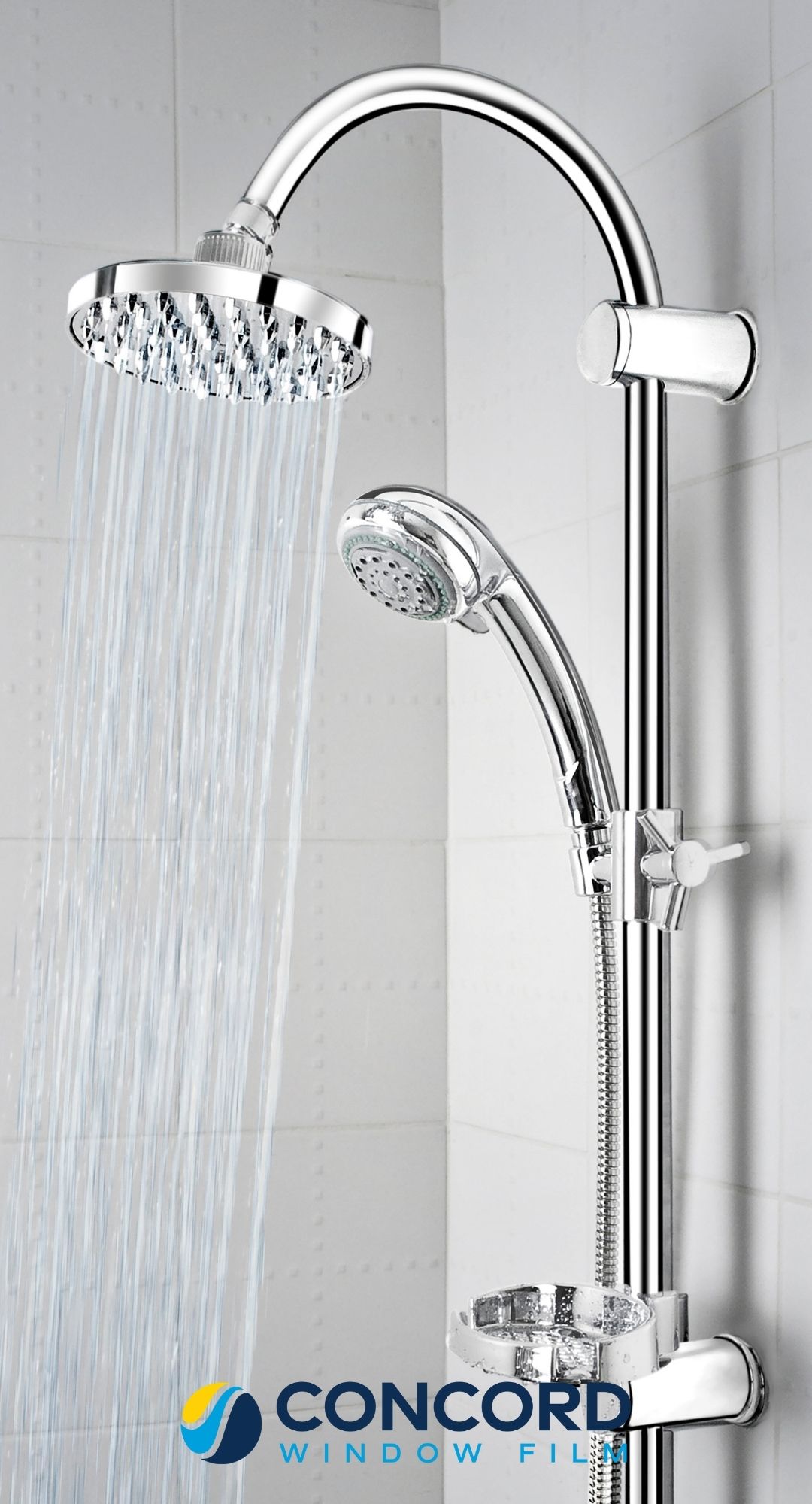
Another system in your home that utilizes a large proportion of your energy is your hot water system. According to the DOE, heating hot water in the average home consumes 18% of total electricity use.
Aside from taking fewer showers (or baths!) here are some energy saving ways to cut down on your hot water use:
The best way to save energy is not to use it. And modern energy saving shower heads cut the amount of hot water that flows through the head per minute. Less hot water used = less energy consumed.
Known as low-flow fixtures under the energy sense label, the majority of these throttle flow to 2 gallons per minute or less, significantly reducing the up to 5.5 gallons per minute older fixtures pumped out.
This is a free and easy way to reduce your hot water use. As discussed above, depending on your shower head you could be using up to 5.5 gallons of hot water per minute in the shower. And Americans typically shower for an average of 8 minutes according to the CDC. So, we’re talking about 44 gallons of hot water used per person in a household daily in the worst case. And even if you are using a low-flow head, that’s still 16 gallons per shower.
Every minute you can shave off your shower is money in your pocket in terms of energy savings. So set yourself a timer and make your morning soak shorter and more energy efficient!

If you haven’t already, its time to switch over the lightbulbs in your home to energy-saving varieties.
According to the Department of Energy, lighting accounts for about 15% of the energy use in an average home. And switching from incandescent bulbs to LEDs saves the average home $225 a year in energy savings.
LEDs are typically the bulb of choice for energy savings. The cost of LED lights has come way down in recent years, and they last on average 25,000 hours vs. incandescent bulbs which last on average 750 hours. NOPAC, an Ohio non-profit that helps consumers save energy has a great cost comparison of LED bulbs vs. incandescents.
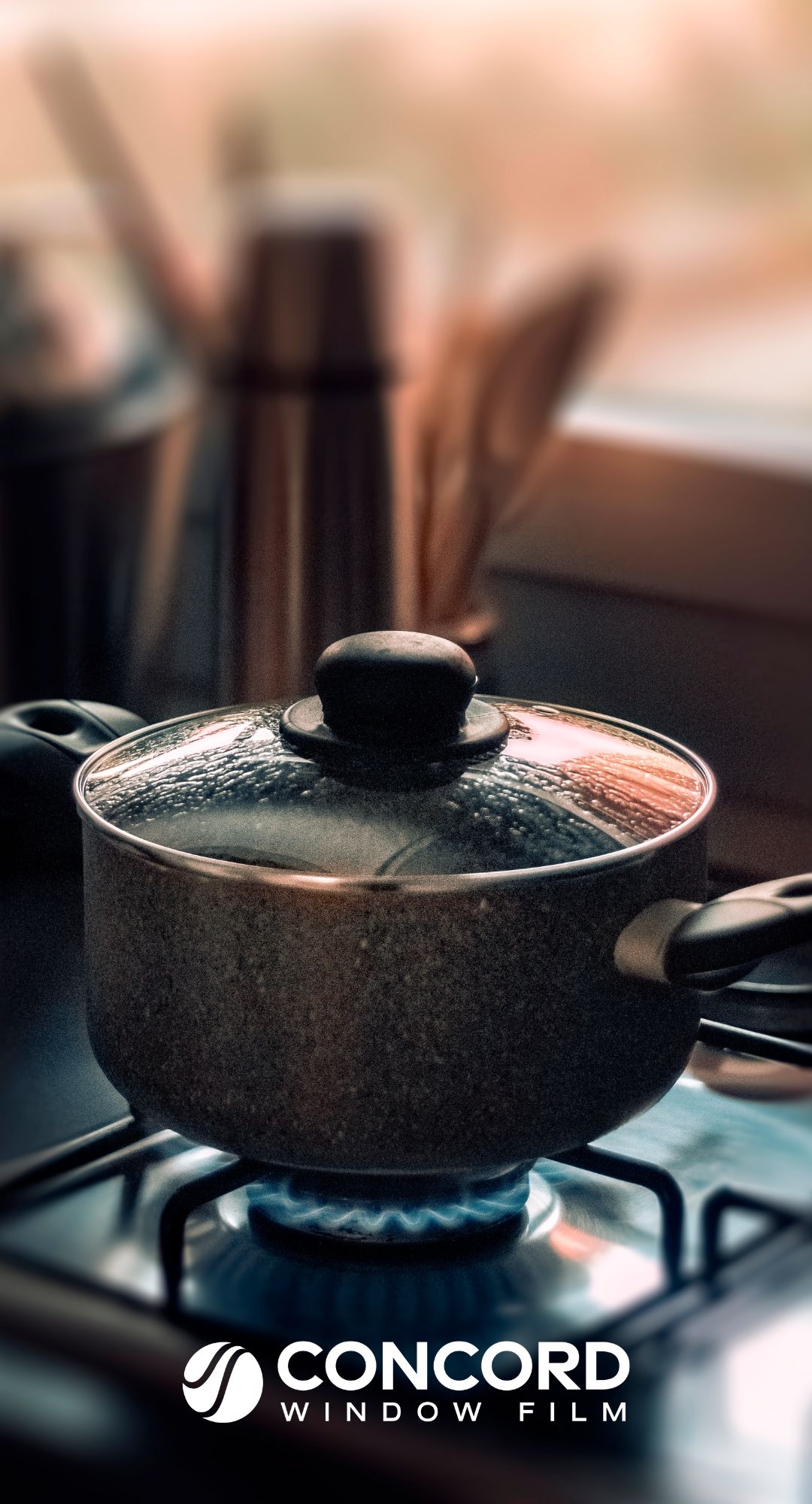
This one may be the least intuitive suggestion, but keeping lids on pots while cooking, reduces cooking time and saves electricity. Who knew?
Other tips for reducing energy while cooking include:
Gather all of your ingredients and tools you need BEFORE you turn on the stove or oven. Also, prep all of your ingredients prior to cooking as well. Things like measuring and chopping should be done ahead of time.
If you can, cook multiple dishes in one session. Pre-cook tomorrow’s meal in the oven while tonight’s is baking.
Only preheat your oven for the time it takes to get up to temperature. Many of us preheat early and the oven is on well before we are ready to bake!
These will all help reduce the overall time your appliance is running.
Schedule your oven cleaning to occur directly after you’ve cooked something in it. The oven will already be somewhat hot and the self-cleaning cycle won’t use as much energy!
Make sure the appliances you are using are efficient and Energy Star rated.
Often it takes less energy to cook or reheat foods in a toaster oven, crockpot or microwave. Consider these smaller appliances when meal planning.
And if possible, upgrade older appliances to new, Energy Star certified appliances. You can find a list of Energy Star appliances on the Department of Energy’s energystar.gov website.
We hope these six easy ways to cut your energy use gave you a spark to ignite your electricity savings for 2023 and beyond!
